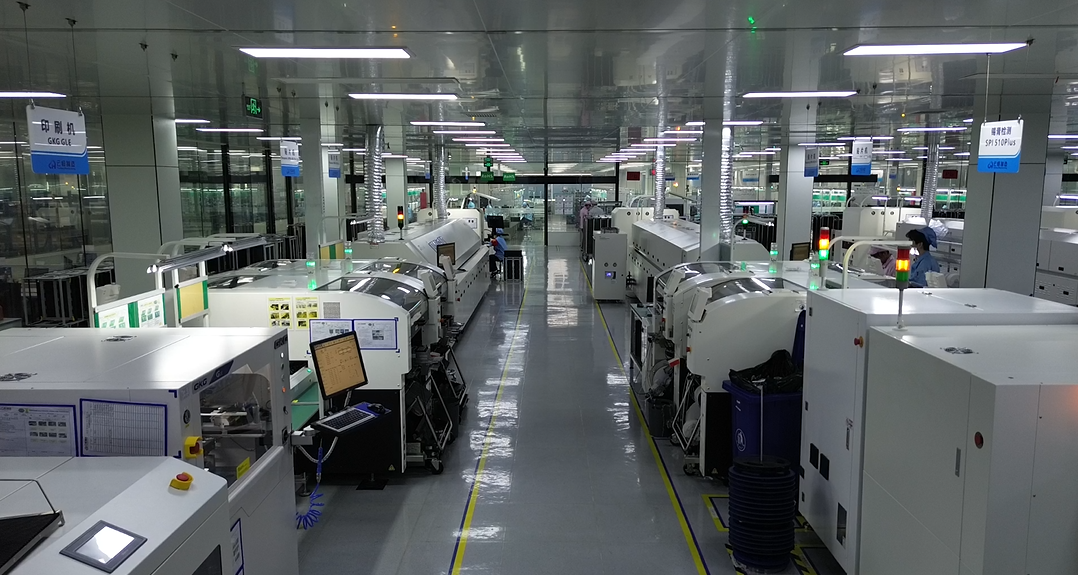HowCircuitBoardsAreMade:AStep-by-StepGuide
Design and Preparation
The creation of printed circuit boards (PCBs) begins with digital design. Engineers use specialized software to layout electrical connections, component placements, and board dimensions. This digital blueprint undergoes multiple checks for spacing rules, signal integrity, and manufacturability. Files are then exported in industry-standard formats containing layer information, drill patterns, and copper traces. Material selection occurs simultaneously, with common choices including FR-4 epoxy laminate for standard boards or polyimide for flexible circuits.
Material Cutting and Cleaning
Raw copper-clad laminates are cut to required sizes using precision shear machines or CNC routers. Workers handle sheets with protective gloves to prevent oxidation and contamination. The cut panels undergo mechanical scrubbing with pumice slurry or chemical cleaning using alkaline solutions to remove surface impurities. Ultrasonic tanks may be employed for thorough degreasing, ensuring optimal adhesion for subsequent processes.
Pattern Transfer Methods
Photolithography remains the primary method for transferring circuit patterns. Cleaned panels receive a light-sensitive dry film resist applied through heated rollers. UV exposure through phototools hardens the resist in designated areas. Alternatively, some manufacturers use direct laser imaging systems that skip physical phototools. After development, unexposed resist washes away, leaving protected copper regions. Emerging additive processes utilize inkjet printing of etch resists for prototype applications.
Copper Etching Techniques
Chemical etching removes unwanted copper using ferric chloride or ammonium persulfate solutions. Temperature-controlled spray etchers achieve precise line widths by directing etchant through nozzle arrays. Operators monitor conductivity and pH levels to maintain solution effectiveness. Following etching, stripping solutions remove remaining resist, revealing completed copper circuits. Advanced facilities employ plasma etching for high-density interconnects below 50μm line spacing.

Mechanical and Laser Drilling
Hole creation serves multiple purposes - component mounting, layer interconnection, and heat dissipation. Tungsten carbide drills handle standard through-holes, with spindle speeds exceeding 150,000 RPM for micro-vias below 0.15mm diameter. Laser systems using UV or CO₂ sources process blind and buried vias in high-density designs. Drilled holes undergo desmearing to remove resin residues, followed by electroless copper deposition to establish basic conductivity.
Electroplating Processes
Copper electroplating reinforces hole walls and surface traces. Panels immerse in sulfuric acid-based baths with soluble copper anodes. Current density and solution agitation are carefully controlled to ensure uniform deposition. Secondary plating layers might include nickel for corrosion resistance or gold for contact surfaces. Pulse reverse plating technology improves throwing power for high aspect ratio vias.
Solder Mask Application
Liquid photoimageable solder mask coats the entire board surface through curtain coating or screen printing. UV exposure through another phototool defines openings for soldering points. Thermal curing creates a durable protective layer resistant to flux and environmental factors. Newer inkjet-applied masks eliminate phototool requirements while enabling selective coating. Color options include traditional green, along with red, blue, or black for specialized applications.
Silkscreen Marking
Component identifiers and logos are applied using epoxy-based inks. Screen printing remains common for large-volume production, while direct legend printing offers flexibility for small batches. Curing occurs through UV exposure or infrared heating. Recent advancements introduce laser-marked silkscreens that etch identifiers directly into the solder mask layer without additional inks.
Surface Finishing Options
Exposed copper areas receive protective coatings to prevent oxidation and enhance solderability. Hot air solder leveling (HASL) remains cost-effective for consumer electronics. Electroless nickel immersion gold (ENIG) provides flat surfaces for fine-pitch components. Immersion silver offers excellent conductivity for high-frequency circuits. Selective hard gold plating protects edge connectors from wear.
Electrical Testing Procedures
Automated test equipment verifies circuit continuity and isolation. Flying probe testers contact test points sequentially using movable needles, suitable for prototype verification. Fixture-based testing employs custom spring-loaded pins for mass production. High-voltage testing detects insulation defects between adjacent conductors. Boundary scan methods validate complex digital circuits through built-in test structures.
Final Fabrication Steps
Routing separates individual PCBs from production panels using carbide-cut bits or laser systems. V-scoring creates breakaway tabs for rectangular boards. Beveling machines shape edge connectors at precise angles. Final inspection checks dimensions against CAD data using optical measurement systems. Advanced facilities employ 3D automated optical inspection (AOI) to detect soldering defects and component placement errors.
Packaging and Shipping
Completed boards undergo anti-static packaging with desiccant packs to prevent moisture absorption. Vacuum-sealed bags protect sensitive surface finishes during transit. Shipping containers incorporate cushioning materials to prevent mechanical damage. Lot tracking labels enable traceability through barcode or RFID systems. Special handling protocols apply to boards containing precious metals in surface finishes.
